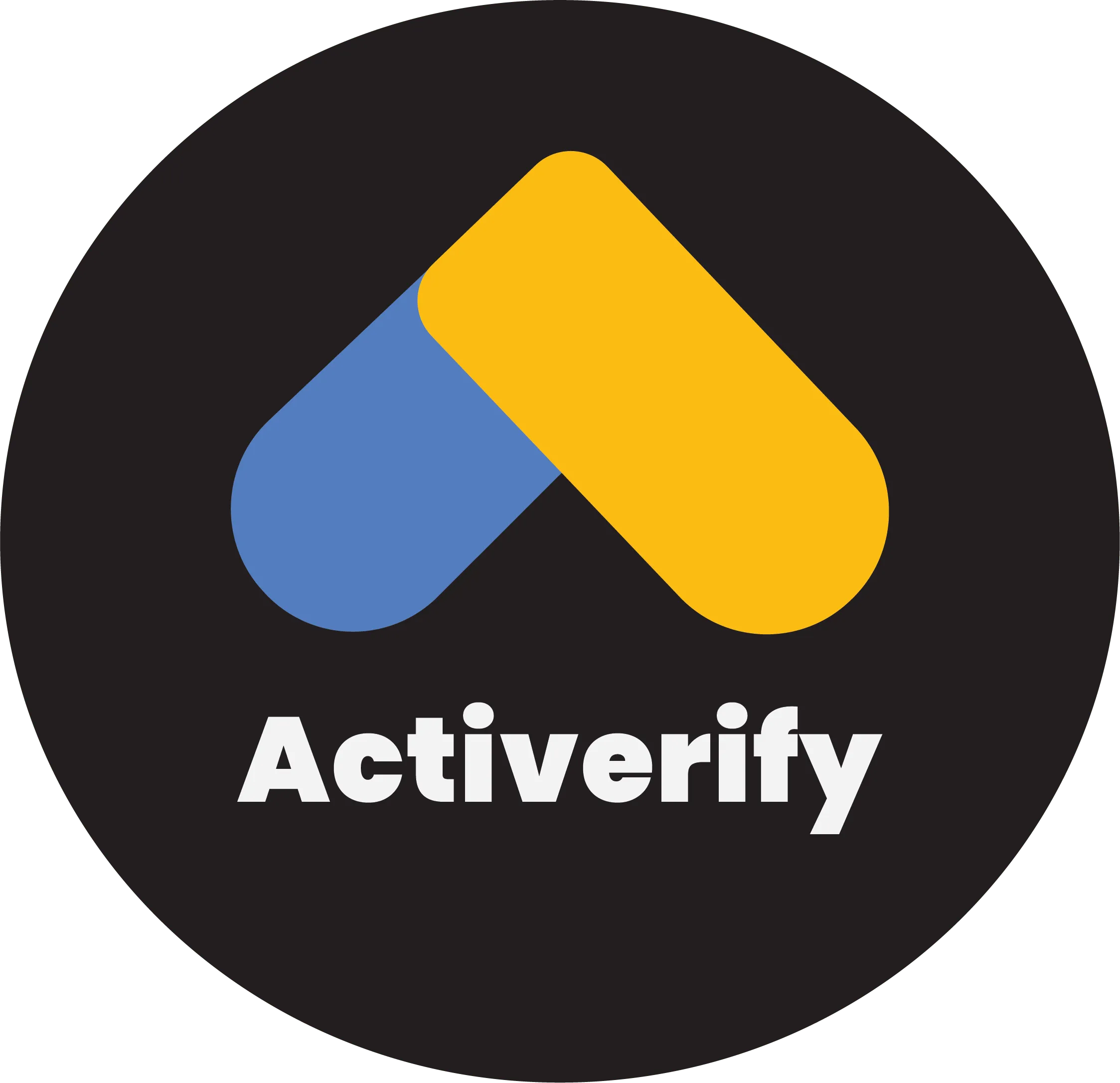YouTube may seem overwhelming, but there’s actually a lot less legitimate competition than on other platforms, and therefore, far more opportunity to gain traction and connect with your audience and potential customers.
That’s because starting a YouTube account isn’t as easy as setting up a Facebook or LinkedIn, and most people who do sign up won’t take the time to create regular, high-quality videos for their audience.
In other words, there is a lot of junk that you can rise above with the right approach and dedication.
Of course, launching an effective YouTube channel is in no way easy. But with the proper tools, time investment, and focus, YouTube can open incredible doors for your business.
To understand how to begin a YouTube channel for your business, you need to first realize why YouTube is such a robust medium. For me, it all boils down to three unique characteristics. YouTube simultaneously works as a:
Free media publishing channel
Video search engine
Popular social network
How come to that matter? We’ll investigate that below. For the present time, just understand that YouTube could be a powerful tool for growing awareness around your brand, attracting customers, and becoming a business thought leader.
Steli Efti may be the CEO & co-founder of Close. He began creating YouTube videos as a content online marketing strategy even more than five years back. His videos explore business topics-often about cold outreach, his specialty-for his nearly 20,000 subscribers. He also posts about product announcements, job openings, and waves they’re producing in the industry.
Close has used YouTube to determine itself as a thought leader and make it’s the brand more recognizable. Steli decided to answer some questions to greatly help us understand the best practices of building a favorite channel. To begin with, he says he chose YouTube since it played toward one of is own key strengths: presenting and public speaking.
Speaking was always the medium that felt more natural for me personally than writing, and video allowed me to just speak before a webcam and also have a bit of content.
We chose YouTube over other video platforms because even in the past, it had been by far the dominant video platform and we’re able to already see that the audience that is included with YouTube will be beneficial.
Almost all YouTube views we get are actually from YouTube itself: Suggested videos, YouTube search, YouTube’s real-estate screen.
YouTube: A 3-Tier Distribution Channel
The wonder of Youtube is that it offers you some quite simple and competitive distribution opportunities. As a platform owned by Google (Alphabet), YouTube isn’t only the best name in online video, but it’s also powered by the biggest internet search engine in the world. So it’s got a lot going for it.
1. YouTube as a Free Media Publishing Channel
For most of the history of video, distribution has always been television or movie theaters. The types of content being produced were therefore highly exclusive and limited because only a handful of channels distributed.
Today, every individual website, YouTube channel, Vimeo, and more is usually its own distribution and video publishing platform. People have more media vying for their attention than ever before, so it can be competitive, but there is also a lower barrier of entry for creating your own content.
Think about the last time you wrote something on Facebook and then tried to share that content with LinkedIn. At best, you can link to the post or copy and paste the same words. You essentially have to upload from scratch or just post a link (that no one is going to click on).
YouTube is different. When you share it across social networks, the video can play right there or on YouTube itself. It embeds into LinkedIn, Twitter, Facebook, etc. People can watch it on their social feeds without ever leaving the page. This makes it simple to share and connect to the content.
2. YouTube as a Video INTERNET SEARCH ENGINE
Google searches. Nine out of 10 people use Google for every day searches on internet queries. This results in a whole lot of metrics and presumably, powerful intent-matching when people type their query into the search bar.
If you understand the fundamentals of keyword research and also have a clear notion of what your market looks for regularly, YouTube provides an awesome chance of organic traffic.
3. YouTube as a SOCIAL NETWORKING
YouTube also dabbles in features most of us associate with social media. Between subscribers, channels, likes, and comments, YouTubers can amass audiences and create a social aspect with their brand.
By encouraging followers a subscription to your channel, you can essentially have a free of charge ad on leading of YouTube each time that user would go to the site on their phone or computer.
Every time you upload a new video, it might appear on that viewer’s home page. If that isn’t great advertising, I don’t know what it is. It drives home the value of having compelling titles for videos and a professional cover image.
The Basics: What Do You Need to Get Started on YouTube?
OK, Okay, YouTube is great. But what do you need to start creating quality content that people need to watch?
It actually doesn’t take a large amount of fancy recording gear or expensive editing software. Honestly, all you need is a phone and some decent lighting.
When you visit Steli’s channel, you immediately notice that almost all his videos are recorded using a simple pair of headphones and either his computer or phone camera, for example.
In case you have some extra cash, Amazon has plenty of great mics and professional cameras to choose from. But affording nicer gear isn’t a requisite for getting started. The worthiness you increase your audience is even more important than having professional gear.
Having said that, here’s the smallest amount you need to begin:
Camera (a phone or computer camera usually works fine)
Lighting (natural lighting from a window is a low-cost solution)
Mic (could possibly be as simple as a set of Apple headphones like Steli)
Tripod
Smartphone gimbal (if you wish to create fake candid videos on-the-go a la Gary Vee)
Quiet space
Non-distracting background
Editing software (many modern laptops include basic video software)
Where to find Your Audience (or MAKE CERTAIN It Finds You)
All marketing plans must start by defining your audience. If you don’t know the quirks that produce your ideal customers unique, you’ll possess a much harder period locating them and a straight harder period convincing them to hear what you need to say.
You’re really trying to determine a couple of things. 1) Where does your audience spend their time online? and 2) How do their goals, fears, or challenges overlap with your business?
If you can determine specific answers to those questions, you’ll know where to distribute your content and what types of videos to create. Your content and positioning will be relevant to your intended audience.
Defining Your Niche
Choosing a niche can mean many things. A niche is definitely an industry, a topic, an opinion, a process, and so much more. At Lewis Commercial Writing, we chose an industry as our niche: SaaS. Other copywriters niche down on deliverables (like only writing white papers), price level (commodity vs. premium service), or function (direct response vs. content marketing).
Niching down on YouTube can be the same.
Ask yourself: What’s my angle?
This comes down to how you believe you can offer the most value to viewers.
If you create diverse videos about a selection of topics without finding a way to anchor them together, it’ll be very hard to build a consistent following.
But here’s the secret: If you establish a big idea to anchor your channel-an angle, a hook, schtick if you will-you can create an extremely diverse collection of content. Viewers will observe your opinions because they know how these content ties together.
At Foundr, the big idea is “Even THE BEST Entrepreneurs Had Help,” a phrase you’ll find on our website. This statement anchors us to entrepreneurship as a topic-but in addition, it lets us cover an extremely wide breadth of tips, topics, and industries inside our videos. In one video we may talk about how much money you can make as a consultant. In the next, we may talk about what you should know before starting an eCommerce business.
Branding Your Channel
Now that you’ve selected your big idea and niche, it’s time to start branding your channel. There are several key branding methods everyone should take when creating a channel.
Put some thought into your YouTube channel. Every element should communicate a specific message to visitors.
Having the company logo in the header and profile pic, make your brand more recognizable. If you’re a regular viewer of our videos, you’ll see the logo and branding again and again.
This frequency builds trust among viewers over time. Often that trust extends beyond the YouTube videos-people may start following brand channels in additional capacities, recommend the company to a friend, or even take an online course one day when they’re ready to grow their business.
The featured video should have a goal. In the case of Close, they’ve chosen to mostly highlight the value of cold calling, since that’s a big topic on the channel. Their current intro video is actually several client testimonials, which also adds social proof.
Many other YouTubers use the featured video to provide a compilation trailer using excerpts from popular content. Others use the featured video spot to talk directly to viewers and explain what their channel is about.
Finally, we have the description section. This area is fantastic for placing calls to action, links to your site and social media, and providing a brief history of the channel, company, or YouTube personality.
Selecting Topics
I recommend our content marketing clients turn this into one big meeting. Put it in your calendar: select a day to create a topic calendar. Here are some questions to ask your team:
What are the common questions you receive from customers?
What is something controversial or taboo in your field that you can have a public opinion on?
What is your favorite geeky topic in your field?
What is your expertise and what are some methods you took to become an expert?
What is an idea that is taken for granted in your field that you see differently/disagree with?
What is an important aspect of your field that is frequently overlooked or done poorly?
Is there a topic related to our business that is trending right now that we can weigh in on?
What bad practices or intentionally misleading things do you see in your field?
Asking these questions can turn up a lot of great content material suggestions. Write them down in a content material calendar and that means you always know which one to talk about.
But most importantly, remember: folks are self-interested. They would like to improve themselves and become entertained. Don’t simply sell to them or talk no more than yourself on your own channel or you’ll never achieve success as a marketer. Produce it about THEM.
Choosing the Video Style
There are so many styles to pick from for your channel. The majority of videos involve simply speaking with the camera vlogger-style. Various other YouTube channels feature an interview style. Some are completely animated with voiceover.
Choosing which format is half of a question of personal choice and half audience choice. If you know your audience loves interview shows, you might consider having a whole lot of guests. If indeed they prefer hearing to one individual tell stories and present advice, a format similar to Close could be a good fit.
Of course, the ultimate way to know very well what works is to check. Research is good, nevertheless, you won’t know very well what your audience loves until you’ve clicked publish. Maybe start your channel by tinkering with a few formats. Ask viewers what they prefer-or find everything you like best. You might find you’re most comfortable creating videos in a specific style.
A Few Marketing Best Practices
Successful YouTubers must find ways to attract their ideal viewers to their videos. Here are some tactics to consider:
SEO Optimization
As I alluded to before, YouTube is owned by Google. Many of the same keyword research techniques used for optimizing your website can be used for your YouTube channel. Use relevant keywords in the title and throughout the video description. Freshen up on your SEO skills here.
Social Media
Obviously, each and every time you create a video, post it across all your social media channels. But also dive just a little deeper. Research hashtags, join relevant groups, and tag individuals who could be interested or featured/talked about in the video.
Guest Contributions
Should you have guests on your own channel, request that they assist you to spread the finished product. Usually, guests are a lot more than pleased to share videos they’re in-it’s great publicity!
You can even try to become a guest on someone else’s YouTube channel to operate a vehicle new viewers to your channel. That is super popular in the YouTube ecosystem.
Show Transcripts
Since you’re discussing relevant topics, a lot of your videos are going to be filled with great keywords. With a transcription software, you can embed the YouTube video in a post (like we did here) and possess a full present transcript below. This might help people on Google to discover your blog and, because of this, your video.
Create Quality Videos
Regardless of how great your online marketing strategy, it’s hard to market a low-quality video. Put time into every video.
We simply kept persistently producing relevant articles for our audience and optimized this content for organic search. To become honest, we could have done a much better job when it comes to promotion and distribution.
A common maxim in content marketing is to spend 20% of your time creating content, and 80% promoting it. We did it the other way around, and it worked really well for us, but that’s because from the get-go we approached it as a long-term play. That being said, for those who have something worthy of an audience, I think you should be a lot more proactive about getting it in front of that audience than we were.




